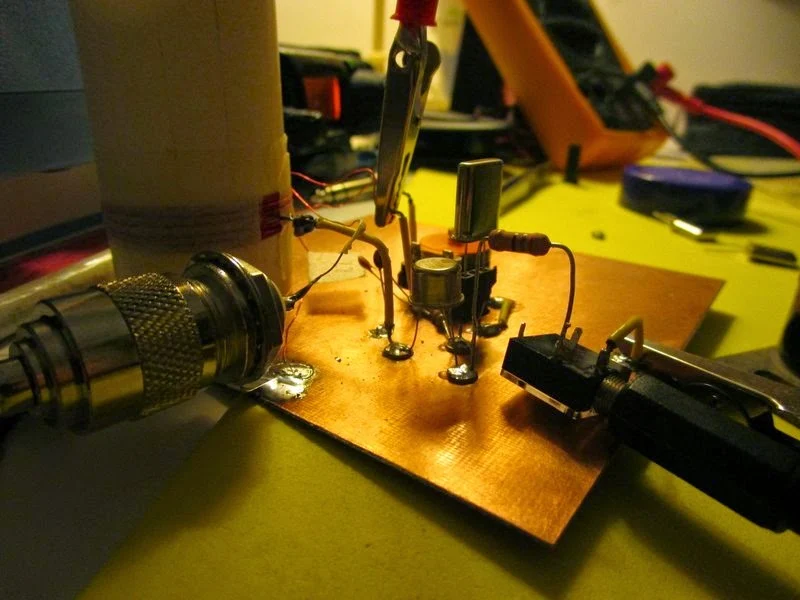You guys really have to listen to this. This is culturally important. And it is a great follow-up to SolderSmoke 173.
In this 1965 radio broadcast, Jean Shepherd describes his teenage struggles with parasitics and other technical problems in his homebrew 160 meter transmitter. He describes the sound of parasitics on a signal, saying that they sound as if the signal is being attacked by "debauched erotic locusts."
He really nails it in describing the scornful, dismissive tone that many hams use in telling their fellow radio amateur that there are problems with his signal. ( I have recently been on the receiving end of this kind of treatment.)
He observes that no one is more worried, "than a man who has built something and can't get it to work." Indeed.
During a date with a girl from his high school, he is so obviously pre-occupied with his transmitter trouble that she tells him that something is wrong with him and that his mother "should take him to a doctor."
And he describes the joy that comes when you figure out the problem and get the thing to work.
The REALLY good stuff begins at about the 25 minute point.
http://ia310115.us.archive.org/2/items/JeanShepherd1965Pt1/1965_01_29_Ham_Radio.mp3
Shep was quoting from King Lear: "O, that way madness lies; let me shun that; No more of that." In other words: "BASTA!" That is what I have said about my 40 meter troubles. My BITX 20/40 is now a BITX 20.
EXCELSIOR!
Our book: "SolderSmoke -- Global Adventures in Wireless Electronics" http://soldersmoke.com/book.htm Our coffee mugs, T-Shirts, bumper stickers: http://www.cafepress.com/SolderSmoke Our Book Store: http://astore.amazon.com/contracross-20































































